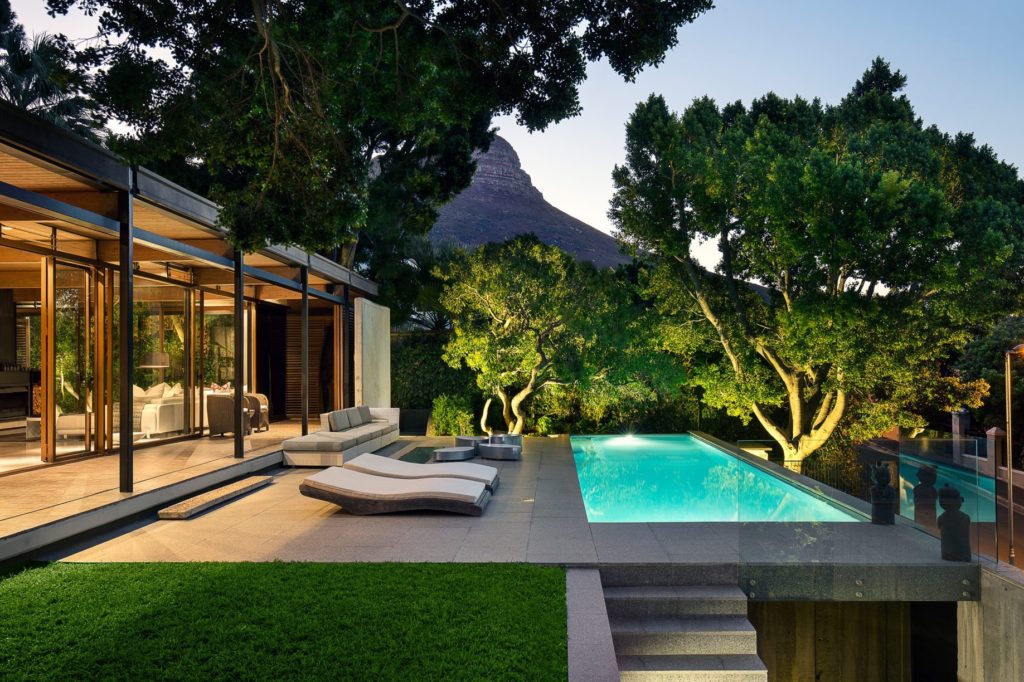Stefan Antoni, founder of South African architecture firm SAOTA, has received international recognition for the “structural gymnastics” he performs for clients all around the world. In an interview with CNN Style, he tells the story about his firm and highlights the projects he’s been involved in.
SOATA‘s global success is driven by a design philosophy that connects function and form, and the pursuit of true architectural design to create appropriate solutions. This vision is encapsulated in the story of how they built and designed their own Cape Town office in Hatfield. When the roof was being installed, Antoni realised that part of the view of Table Mountain would be obstructed, and as a result, the redesigned o the fly in order to allow the city’s iconic mountain to remain clear. “To capture that view was crucial,” Antoni said. “If you had not, you had erred terribly.”
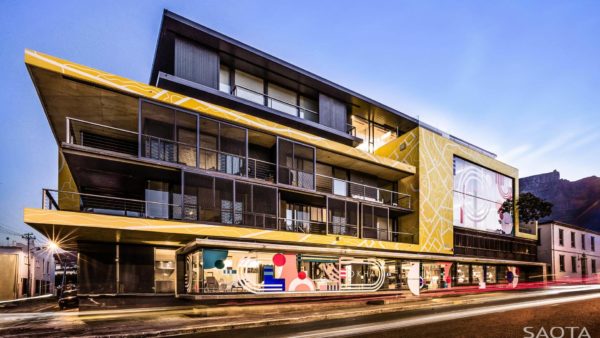
As their own offices illustrate, it is a vital part of SAOTA’s vision to welcome the grandeur of nature into equally grand homes. Through their projects, they have proven that their buildings “can make you feel like you possess a whole mountain, a stretch of ocean or an entire city through clever use of space and framing.”
SAOTA has set numerous real estate records and has become renowned in all corners of the world. Most of their clients are based in South Africa and the United States, but they’ve also had a variety of projects in Russia, Indonesia and Nigeria. And their projects truly push limits and show that good design has got great value. A SAOTA-designed house on Ocean View Drive in Cape Town’s Bantry Bay sold for R290 million in 2016 ($20.2 million at the time), reportedly becoming the most expensive private home sold in the whole of Africa.
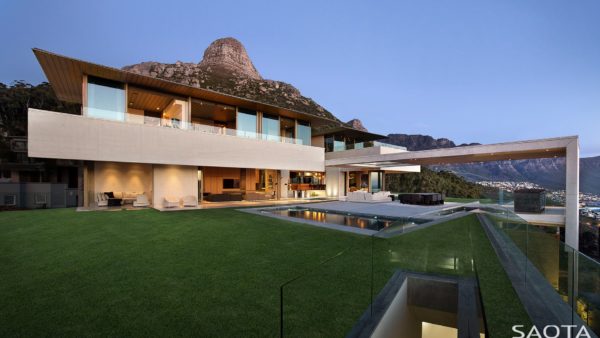
The firm has also recently produced its first book, Light, Space, Life, which showcases some of its most iconic designs from the past 30 years that they have been in business. Antoni explains that the purpose of the book is “to capture a mindset; a thought up to a certain point,” and also described it as a “springboard” for new ideas.
SAOTA’s architectural journey began in the 1980s and many of their first projects sprang up along the Cape Town’s sloping Atlantic Seaboard, where they soon caught the eyes of future clients. “It’s quite visible,” Antoni said. “People can see a house, which works in our favour. Because if you design something that’s interesting or beautiful, people do notice.”
By 2012 SAOTA had designed its first commission in Miami, Florida, a home on the Venetian Causeway designed to feel like the deck of a superyacht. “It was this project that really set everything on its path for us,” recalled Mark Bullivant, a principal architect at SAOTA. Soon after, they picked up further work in Florida, along with New York, California, Colorado, and Texas.
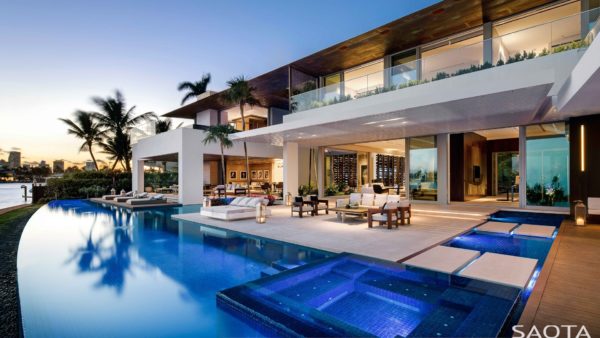
Today SAOTA’s 300 employees work in collaboration with architects around the world. SAOTA-designed “Pine Tree,” in Miami sold for $22.5 million in 2017, according to the firm, and “Hillside,” a key location in Netflix Los Angeles realtor series Selling Sunset, sold for $35.5 million in 2019. In Miami earlier this year, an estate on Star Island containing two houses, the larger of which was designed by SAOTA, was listed for a reported $90 million.
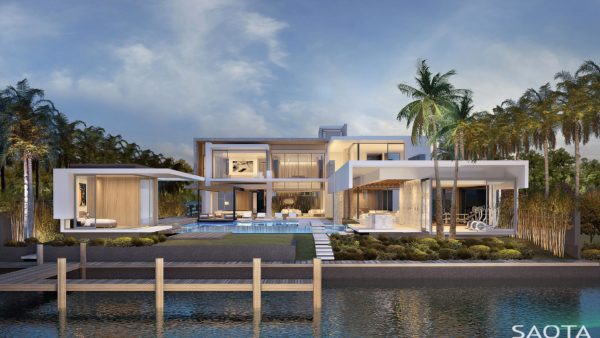
Back on South African soil, their projects are slightly more limited due to stark economic contrasts and disparate living conditions. Dr. Philippa Tumubweinee, an academic at the University of Cape Town School of Architecture, Planning and Geomatics, said SAOTA’s ultra-high-end projects have not been without criticism. “But,” she said, “even though the criticism is valid – and I do agree with that critique – at some point, especially with architectural practice, there’s got to be a space in which people push the practice beyond.” It’s the “one percent,” she added, “who can afford innovation, who can afford for (architects) to experiment.”
For Antoni, more personal interest is placed in the worth owners place on their SAOTA homes than their financial value.
“Clients say, ‘you’ve ruined our lives,'” Antoni explained, “‘we go on holidays now and we don’t enjoy them that much anymore – we want to go back home.'”
“In a way, that sort of sums it up,” he added. “A house or home is not just a functional living space, it should have an emotive quality … it should be a place where you can fulfill all your dreams and all your aspirations.”
Based on its portfolio, it’s no wonder clients of SAOTA would rather stay at home:
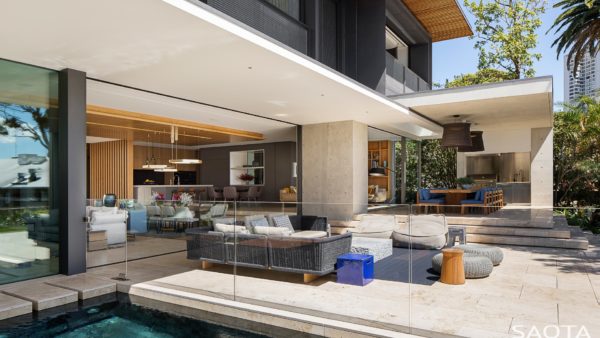
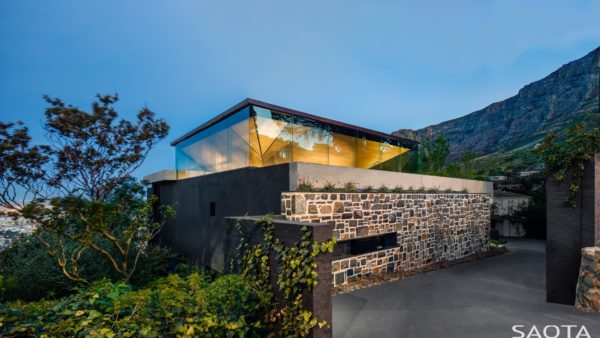
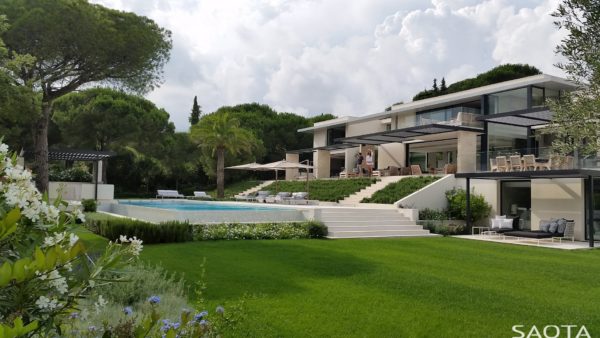
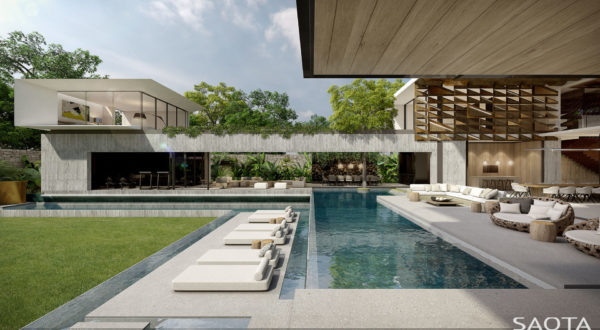
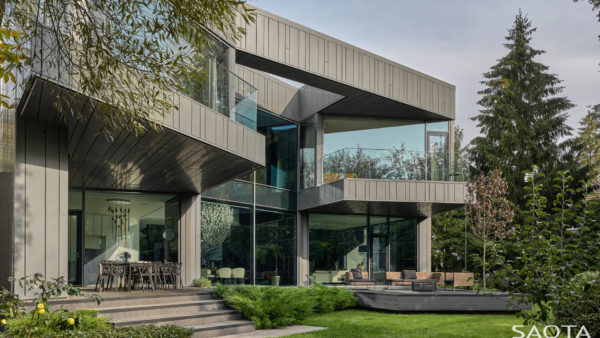
Also read:
Mandela and Tutu window murals at Civic Centre get a fresh new look!
Picture: SAOTA Architecture and Design




